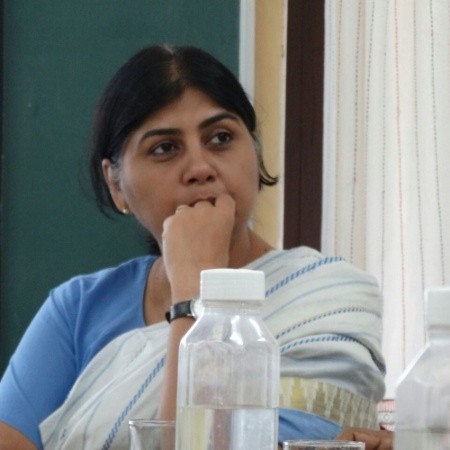India is known for its rich and varied heritage and cultural diversity, yet much of it remains unknown to the vast majority of people, and in dire need of preservation and revival. Our belief, at InterGlobe Foundation, is that the promotion of art and culture through heritage conservation is directly linked to the well-being of society. There is much that can and needs to be done in India to bring forth the richness of our heritage and weave it into the socio-cultural fabric.
Our efforts are directed towards both the tangible and the intangible aspects of heritage conservation, which include carrying out physical restoration, establishing the relevance and importance of sites, and creating awareness among communities in close proximity as well as the larger public about the value of preservation of culture and heritage.
For us, Heritage Restoration is a holistic concept in which preservation/revival of the “heritage” which may be a monument, a stepwell, a craft, a dance or music form is the central lever around which other aspects like improvement in quality of life, generation of livelihoods, environment protection go hand in hand. People’s ownership of conservation processes is the key and hence they need to be seen as repositories of culture and not as beneficiaries of the project.
While people form the backbone of all the processes, it is critical that Heritage conservation is seen in conjunction with other pressing needs, for example, restoration of a monument will be incomplete without proper waste management in the area so that the monument and its neighbourhood is always clean. And no neighbourhood can have robust waste management unless the local community owns that process.
Similarly, the revival of an ancient stepwell will be incomplete without looking at the factors affecting the water recharge and availability in that stepwell. And the value of the beautifully restored stepwell will be sub-optimal if girls and women do not have free and safe access to the stepwell.
Even though this holistic perspective makes heritage conservation more complicated, time taking and expensive, it leads to a more lasting result.
We have supported projects in big cities and peri-urban areas, our projects have included reviving the national monuments to documenting some lost dance forms. The key lesson in all these projects has been that heritage revival is a long haul program, it needs respectful partnerships between the Government, NGOs and private investors and credible, autonomous on-ground NGOs are key to the successful implementation of any heritage conservation projects. The sustainability of such projects is hugely dependent on the implementation process and bringing together of all stakeholders, of which the most important ones are the government and local communities, and it is our persistent effort to bring them together for the revival of our cultural legacy.
Views of the author are personal and do not necessarily represent the website’s views.

Priyanka Singh has over 20 years of development experience working with underserved communities of the country. She currently serves as the Head of InterGlobe Foundation, the CSR initiative of InterGlobe Enterprises, a large Indian conglomerate with businesses in Aviation, Hospitality, Travel & Real Estate. At InterGlobe, she spearheads the CSR projects in the thematic areas of Heritage, Livelihood and Environment.
Thank you for reading the column. Please drop a line and help us do better.
Regards,
The CSR Journal Team

